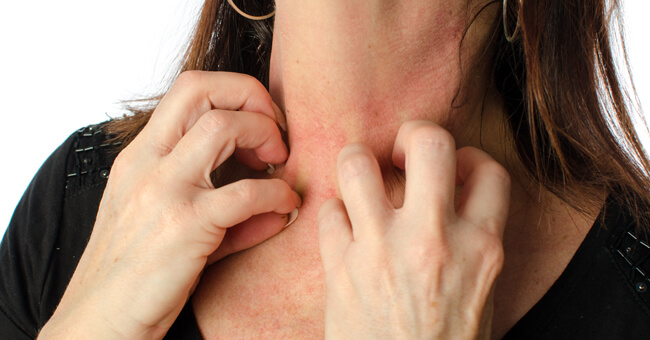I am closing the summer blog series on addiction with an editorial that I sent to the Orange County Register.
In response to the article “Tears for Dead Teens” 7/28/2011, I grieve for the families that have lost loved ones to the scourge of addiction. It became personal to my family and I when my brother-in-law Vernon Porter lost his daughter Vanessa. This is happening far too often, with opiates (heroin and narcotic pain pills) being the ones that usually lead to overdose deaths. Doctors who over prescribe opiates are certainly not blameless and are a part of the problem, however it should be remembered that it is quite easy for addicts to get opiates, tranquilizers, muscle relaxants and others from drug dealers or “friends” without a prescription. If they can get meth, heroin, cocaine, marijuana, alcohol, tobacco, ecstasy and other hallucinogens, it’s quite easy to also get prescription medications from the same sources.
So, what is the best solution for addiction?
The real underlying problem is not being addressed adequately – this is the core reason for addiction, which is neurochemical imbalances/mood disorders such as depression, anxiety, bipolar disorder and ADD. Addicts “self-medicate” in order to feel better, since the addictive substances boost their mood, calm their anxieties and improve their focus and energy. They then become addicted because they want to keep feeling that way and don’t like the “let down” when off of them, and then they need to take them just to “function”. They are then trapped in the vicious cycle of addiction.
I treat a lot of addicts and those in recovery by focusing on non-addictive medications and mood stabilizers, which are preventative by treating the underlying neurochemical imbalances that lead to the mood disturbances that lead to addiction. There is a widespread misconception by many people, especially in the addiction community, that all pharmaceutical medications having to do with mood are bad for you. This uninformed and misguided thinking reveals the lack of understanding about the difference between non-addictive medications and potentially addictive medications. Minor tranquilizers, sleeping pills and pain medications should be given for short-term anxiety, panic attacks, insomnia and pain. In some they are appropriate for long-term anxiety and pain disorders. They are potentially addictive, but not for everyone. most people can use them appropriately while others can’t.
The “Drug War” of trying to go after the manufacturers or doctors does not and will not work, since as I said before they are easy to get in the black market. The best solution to fight addiction is to treat the underlying causes and reasons for addiction by proper preventative medications to treat mood disorders, psychologically counseling for the individual and family, exercise and good nutrition, addiction specialists and rehab centers when needed and twelve step programs when they are helpful. We all need to work together and stop pointing fingers at others. This is easy to do when one is grieving, since it can be too painful to blame the addict and the parents or family. Let’s rather focus on solutions to this destructive scourge of our society: addiction.
I hope this focus on addiction this summer has been helpful and informative to you and yours. I will move on to a new topic in a couple of weeks. Bye for now.




